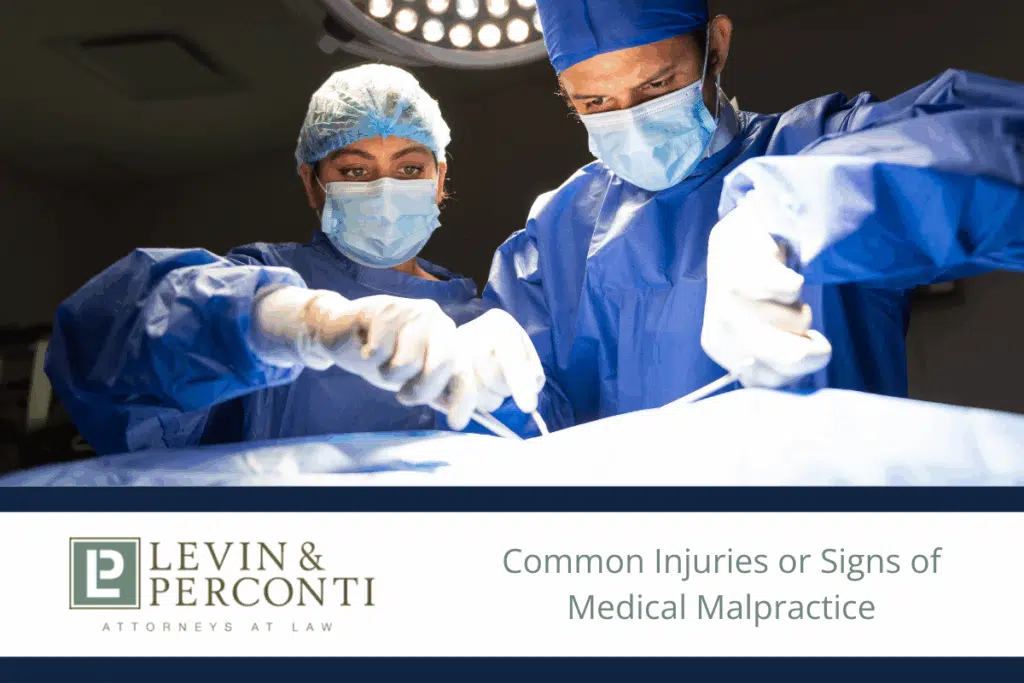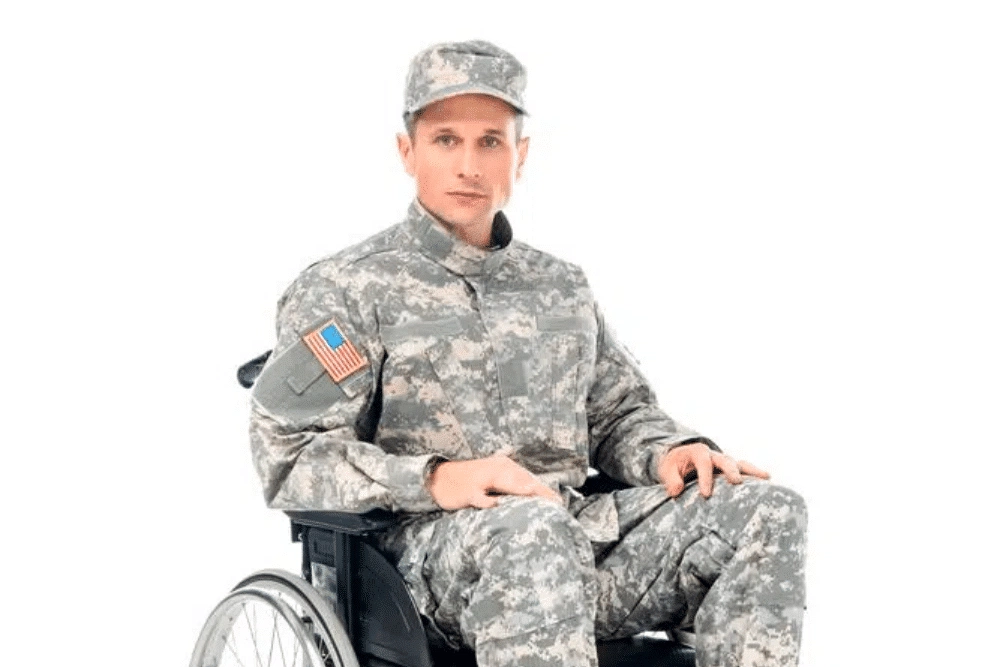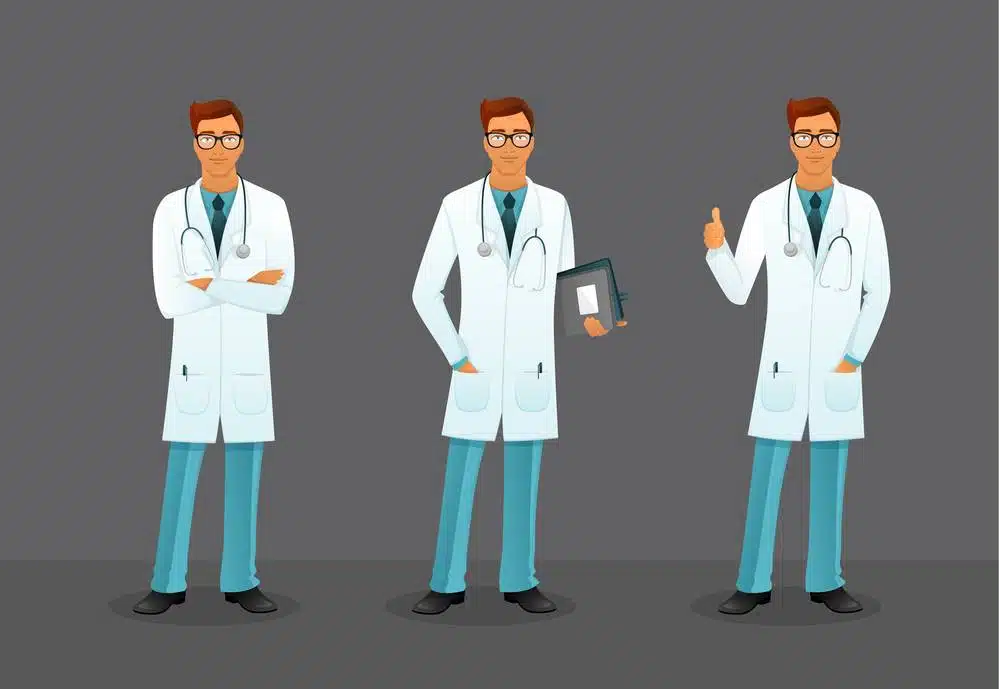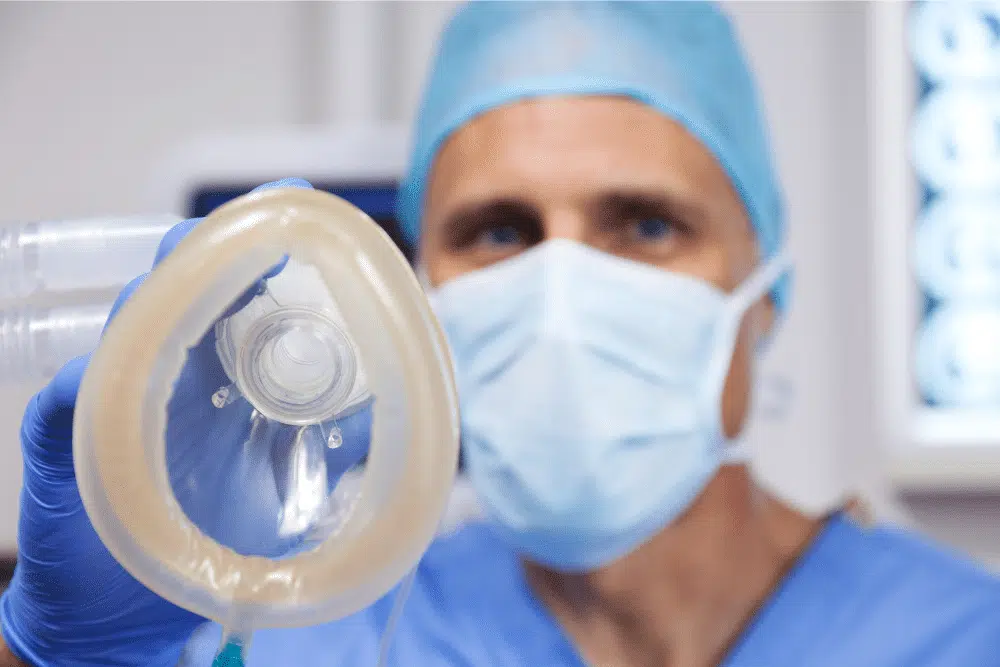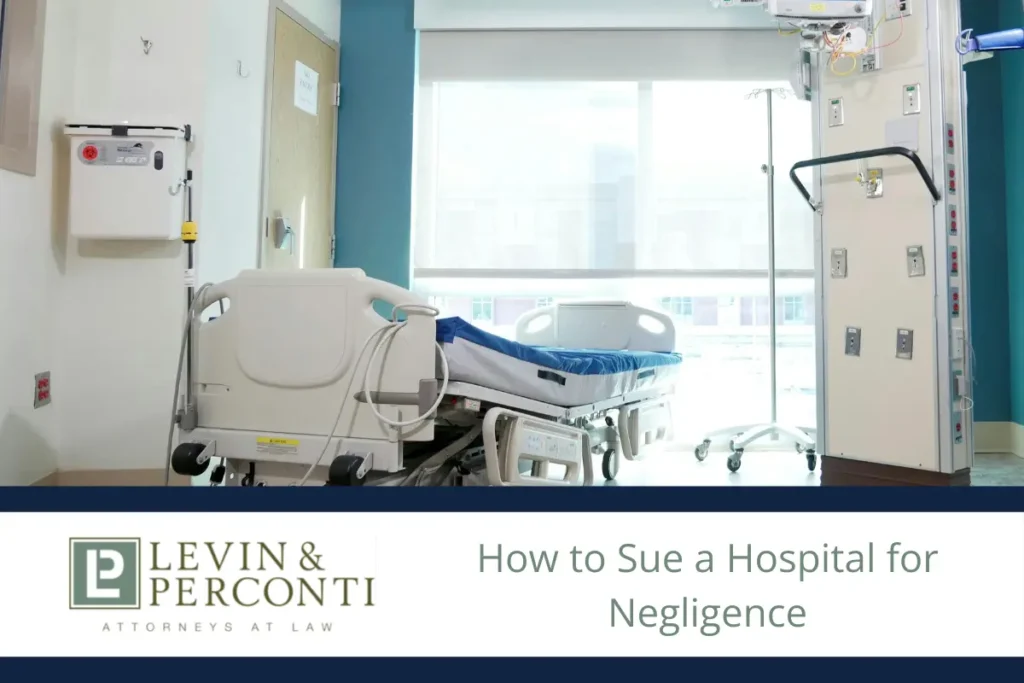
Read Bio
Since 2005, Michael Bonamarte IV has been a passionate advocate for victims of negligent conduct, corporate malfeasance, and medical malpractice. He has won numerous awards and recognitions, including Best Lawyers in America and Super Lawyers’ Rising Star. He has presented for the American Association for Justice, the AAJ Nursing Home Litigation Group, the John Marshall Law School, and numerous other legal associations. He regularly lectures at Chicago-area aging organizations about nursing home abuse. His writings have been published by the American Bar Association, the Chicago Daily Bulletin, and numerous other prestigious publications.
Read Bio
Since 2005, Michael Bonamarte IV has been a passionate advocate for victims of negligent conduct, corporate malfeasance, and medical malpractice. He has won numerous awards and recognitions, including Best Lawyers in America and Super Lawyers’ Rising Star. He has presented for the American Association for Justice, the AAJ Nursing Home Litigation Group, the John Marshall Law School, and numerous other legal associations. He regularly lectures at Chicago-area aging organizations about nursing home abuse. His writings have been published by the American Bar Association, the Chicago Daily Bulletin, and numerous other prestigious publications.
“To know that this happens is our country, that’s unacceptable.”
-Sue Sheridan, patient safety advocate, in To Err Is Human
The medical malpractice attorneys of Levin & Perconti recently watched To Err Is Human, a newly released documentary showing the frequency and impact of medical errors upon American families.
To see the facts relating to the frequency and severity of medical errors combined with the heart wrenching story of a family forever changed by these mistakes has left a lasting impression on all of us.
A Family Wronged Twice
The film focuses on Sue and Pat Sheridan, a Boise-based family whose family has been forever changed by medical mistakes relating to errors stemming from both diagnostics and communication. Sue gave birth to a son, Cal, in 1995. Cal had physical evidence of jaundice at birth, but was told by medical staff upon discharge that it was nothing of concern. Cal’s untreated jaundice led to significant cerebral palsy. Sue and Pat eventually had another child, a daughter Mackenzie. Mackenzie was also born with elevated bilirubin levels (an indication of jaundice). She was tested, treated in the hospital and was discharged. The treatment was so simple, yet just years prior, her brother’s jaundice was waved away as “no big deal” and left untreated with devastating results.
A devoted husband and father of two, Pat Sheridan died at age 45 from cancer. After a scan showed evidence of malignant synovial sarcoma, Pat was told the mass was benign, despite pathology reports clearly indicating malignancy. Months later, Pat became sick and was told by his neurologist that the mass, previously and mistakenly reported as benign, was in fact cancerous. Sue obtained her husband’s initial pathology results that showed a malignant mass and questioned the pathologist as to why he never explained the results to her husband’s neurologist. His answer was “It’s not my job.”
Sue describes leaving the hospital with no apologies and no explanations. Several months later, Pat became sicker. A hospital visit left the Sheridans with devastating news: Pat had only 10 days to live.
Sue refused to give up on finding out how an error like this could happen to her family yet again. She requested a meeting with her husband’s doctor, along with the hospital’s CEO and Risk Manager. She describes the out-of-town hospital as well-known and reputable. She made travel arrangements and flew to the hospital, only to be met by a hospital chaplain. Her husband’s doctor, the CEO, and Risk Manager never bothered to show up.
Sue Sheridan is now a patient safety advocate and a co-founder of Consumers Advancing Patient Safety (CAPS), a non-profit located in downtown Chicago. The organization aims to listen to patients stories and input into bettering our health care system and uses this information to communicate with hospitals and health care organizations to improve patient safety and care. She also is responsible for the implementation of now-standard bilirubin testing in newborns in U.S. hospitals.
Staggering Medical Error Statistics
The film includes the following statistics on medical errors, all taken from medical journals, studies, and patient safety publications:
DEATHS
- 440,000 Americans die each year from a medical mistake; more than the number of graves inside Arlington Cemetery and the equivalent of deaths resulting from 2 to 3 commercial jets crashing every single day.
- Fatalities from medical mistakes follow only cancer and heart disease in top 3 causes of death.
NON-FATAL INJURIES & MISTAKES
- 1/3 of all patients admitted to a hospital are a victim of some sort of medical error.
- The number of injuries due to medical mistakes is currently not tracked, so the epidemic is likely larger than anyone realizes.
- 69% of the 1.7 million annual hospital-acquired infections are preventable.
- Between 2010-2014, surgeons operated on the wrong part of the body 2,413 times.
Improving Patient Safety
To Err Is Human compares the aviation industry to the healthcare industry by showing the potential devastation that can be caused by human error. In an interview with Chesley “Sully” Sullenberger, the pilot who safely landed a damaged Airbus A320 on the Hudson River, he tells filmmakers that the problem of patient safety is “hiding in plain sight.” Compared to an aviation accident in which a high number of lives are lost in one tragedy, deaths from medical errors happen to just one family at a time, leading Americans to dismiss medical errors as a one-off and not an indication of a large problem. According to Sully, 440,000 deaths a year from medical mistakes would be the same as 7 or 8 jets crashing every day without a single survivor.
The aviation industry is now considered extremely safe, in large part because no one was willing to accept anything less. Every time something has gone wrong with an airplane, the event is analyzed and picked apart until a cause is identified and those mistakes and accidents are then used to strengthen and drive training for pilots. One of the major educational tools in aviation is simulation. Pilots are now required to participate in simulations, trainings that mimic potential real-life situations that pilots may experience. This trend is finally catching on in healthcare, with hospitals and nursing and medical schools now implementing this type of education for their clinicians and students.
Along with simulations, To Err Is Human highlights two other ways in which healthcare is prioritizing patient safety:
- The Leapfrog Group’s Annual Patient Safety Survey: Assigns a grade to hospitals, allowing the public and patients to see how safe their hospital is, as well as where they fail and exceed key safety measures. You can see the 2018 Leapfrog Group safety grades for Illinois hospitals here.
- A “black box” for surgeries: A Toronto surgeon and a team of designers put together a technology that records everything from which surgeon is operating, to hand washing, to slip ups during suturing. Ten U.S., Canadian and European hospitals currently use this tool and 10 more U.S hospitals are expected to begin using it this year.
Are Chicago-Area Hospitals Ready to Change?
Although the film highlights mistakes and errors, the underlying message is that there is a drive in healthcare now to get better and provide a safer environment for patients. All of the physicians interviewed for the film acknowledge the unacceptable number of mistakes while conveying dedication to changing the landscape of safety in medicine. In fact, hospitals across the country, including several here in Chicago, are screening To Err Is Human and using it as an opportunity for learning and discussion with hospital leadership teams and clinicians.
If you believe a loved one’s injury or death is the result of a medical error, we want to help you. For nearly 30 years, the medical malpractice attorneys of Chicago-based Levin & Perconti have successfully fought for families that have been harmed by medical mistakes. Please, contact us now for a free consultation 877-374-1417 (toll-free), 312-332-2872, or by completing our online case evaluation form.
To view the movie trailer or watch To Err Is Human in its entirety, click here.
